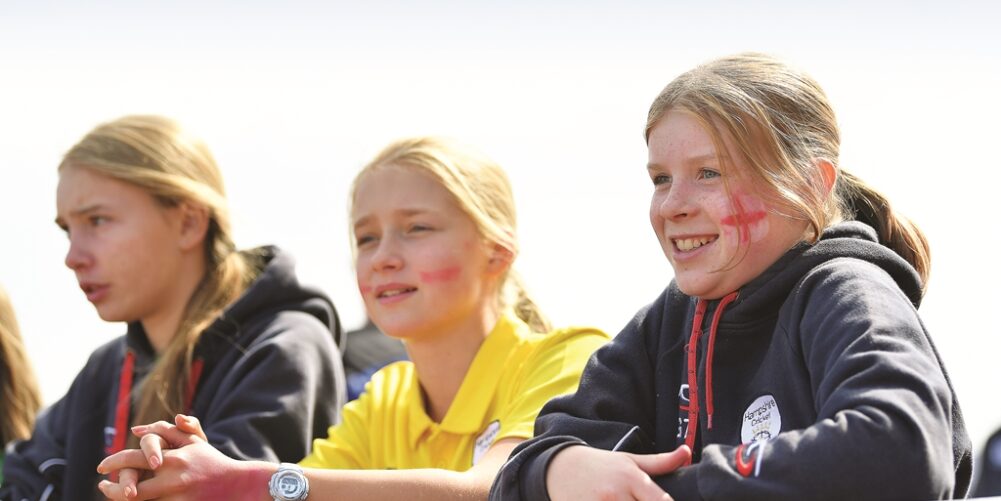Last month, thousands of school-age children marched upon Westminster to protest against climate change. It was a difficult sight to miss. Despite the dominance of the Brexit debate across our news outlets, for a remarkably prolonged period, the march stole the headlines.
This was partly due to the debate it was generating over
whether skiving school, for whatever reason, is ever warranted. However much of
the reaction was one of surprise – firstly, of how big the turnout was and
secondly, how earnestly and passionately those participating felt about the
cause, and the energy that it generated.
Youth action en masse, at school-age at least, is something
rarely seen. The overriding assumption when it comes to political activism
amongst this age group is one of general antipathy, interspersed with a
vehement extremism by only a select few. What the climate change march last
month did was demonstrate the power of young people to campaign for a cause
that society, on the whole, does not consider an extreme one.
This power, of an engaged, motivated youth, is one that the
charity ‘Street Child United’ also recognise. Not only do they recognise it, but they have sought to combine it
with another powerful tool: sport.
Take any journey on public transport across London,
regardless of the time of day or night, and you will encounter someone
homeless. Despite this visceral demonstration of the struggles of homelessness,
according to the youth homeless charity Centrepoint: “People sleeping rough are
vastly outnumbered by those whose homelessness we don’t see”.
Research estimates published by Centrepoint estimate that
103,000 young people in the UK asked for help from their local council last
year because they were homeless or at risk of homelessness. It is this
invisibility that Street Child United is trying to tackle. The charity stages
international sporting events where street children from all over the world
participate, with the goal to improve understanding of the issues faced by
street children and change the negative perceptions and treatment towards them.
To date, these events have been in conjunction mainly with football World Cups, with
football tournaments preceding the last three staged in South Africa, Brazil
and most recently Russia. The message is increasingly being heard; the events
have received mainstream media coverage, and now increasingly pro bono services
from lobbyists, lawyers and many others across the world.
It is very easy, considering the invisibility of youth homelessness in the UK, to assume that street children are something that happens in other places. Yet, as Street Child United explains, there are a wide range of situations that can connect a young person to the streets or homelessness; they may be at risk of or have experienced street living, street working, homelessness, foster care or adoption, government care (including orphans) or for whom the street is a dominant part of their life.
With such a wide ambit, the charity is determined to
therefore widen its impact. Before the Rio Olympics in 2016, it hosted its
first Street Child Games and now the charity intends to expand once more – into
cricket. This is an ambitious plan, not least because while giving young people
a voice is a core aim of the charity, it might easily be argued that many young
people in the country won’t know much about the sport through which they are
trying to achieve this goal.
Anyone under the age of 14 without access to subscription
television will have never watched a ball of cricket being bowled on their
screens. “Sweep like Joe Who?” is a constant refrain on any schools coaching
round.
If television won’t do it, however, someone else has to. Two girls who are intent on changing minds and raising the profile of their cause are Shama, 13, and Bhavani, 15.
Both participants in the Magic Bus India Foundation’s activity-based programme seeking to relieve children from poverty, they live in transient structures in Mankhurd, a large slum on the outskirts of Mumbai.
This summer they will be part of the team representing India
South and have no hesitation when I asked them how important a tournament like
the Street Child World Cup might be.
“This is the first time I will play with boys,” explains
Bhavani.
“I am representing my community in this tournament and I will come back and share my experience with the other girls.”
Many of those girls don’t have an opportunity to play sport,
prevented by their parents from playing outside their homes, or even
from wearing the type of clothes conducive to sport, just running around even.
“I am very upset that the other girls, my friends, are not
getting the equal opportunities,” adds Shama.
“Their parents are not sending my friends to play. It is not
fair that the other girls are not being treated equally compared to the way
boys are treated.
“If there is coverage in the newspapers and news channels
then the neighbours from my community might recognise me as a role model,” hopes Bhavani.
“Then the other parents may have that feeling that my girl
child can take part in the [Magic Bus] programme.”
Only then, reflects Bhavani, might this also “help the boys
to encourage their own sisters to come and play”.
These are young women, like the students marching on
Westminster, who haven’t got time to wait – in this instance for gender
equality. They are taking things into their own hands, an attitude encouraged
by the Street Child World Cup which, in addition to the cricket, will host a
general assembly during the tournament where participants help shape the
agenda, resolve issues and look to the future.
I have no doubt the world will be a brighter place for it.
ISABELLE WESTBURY / Photo: Getty Images












